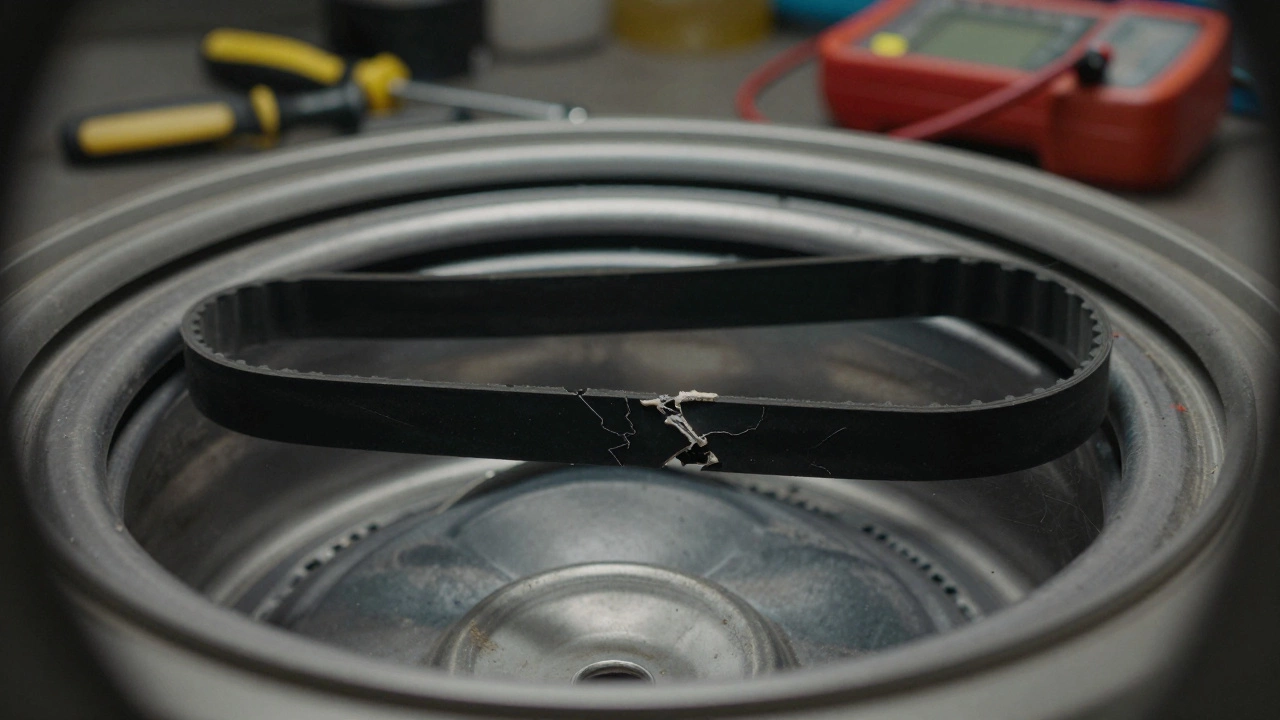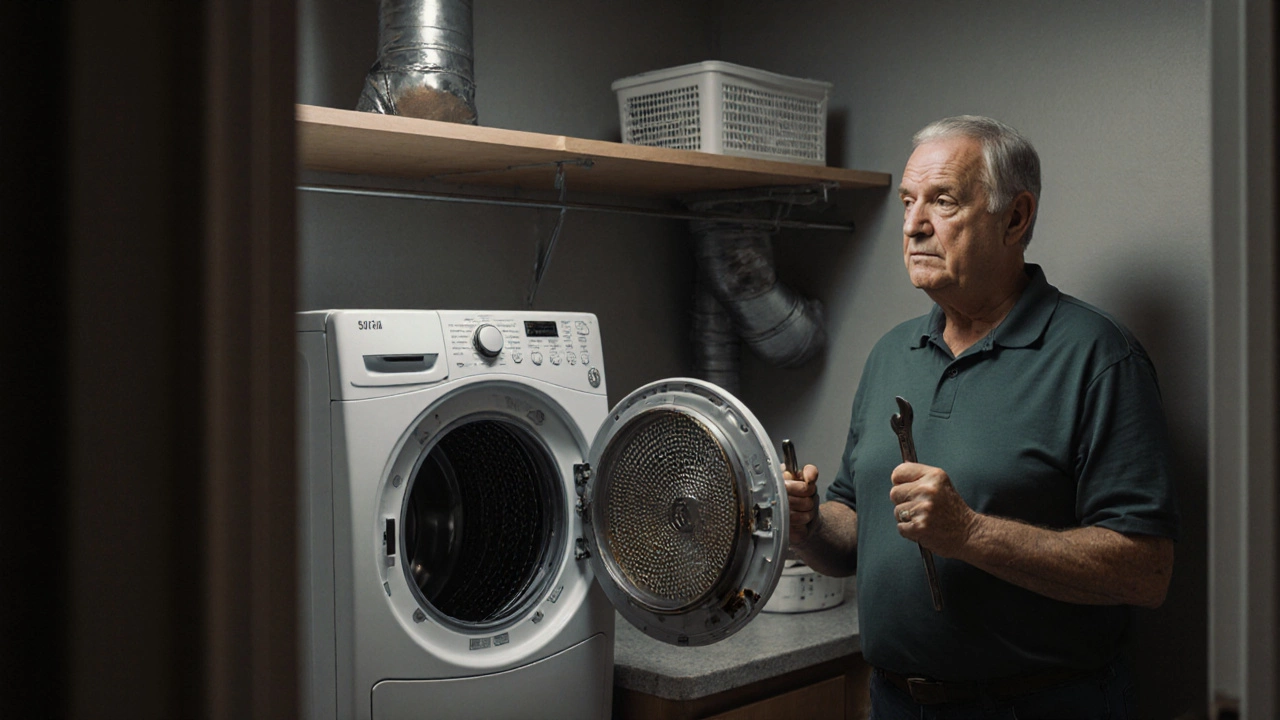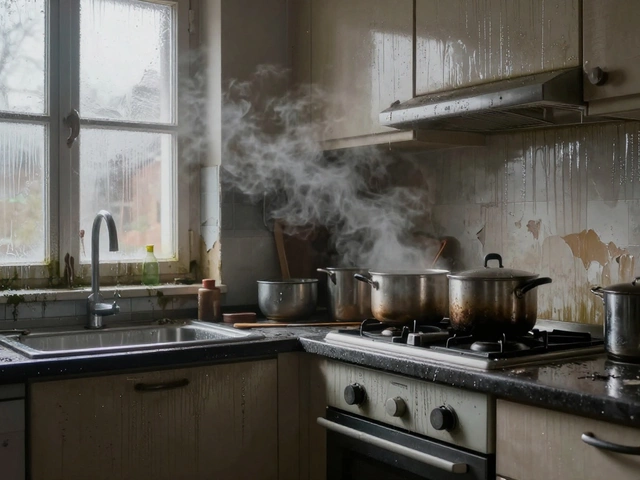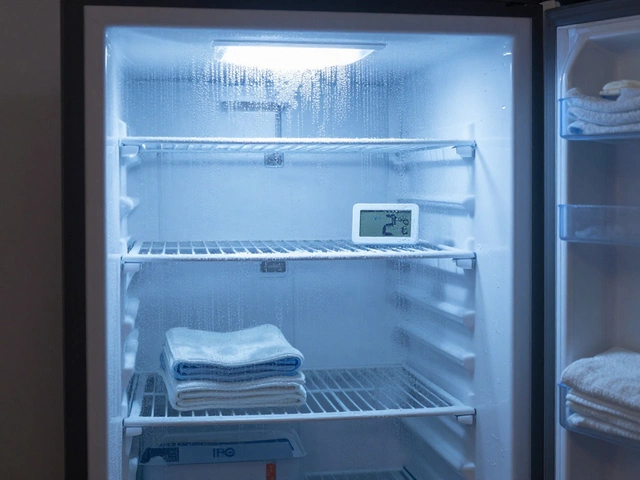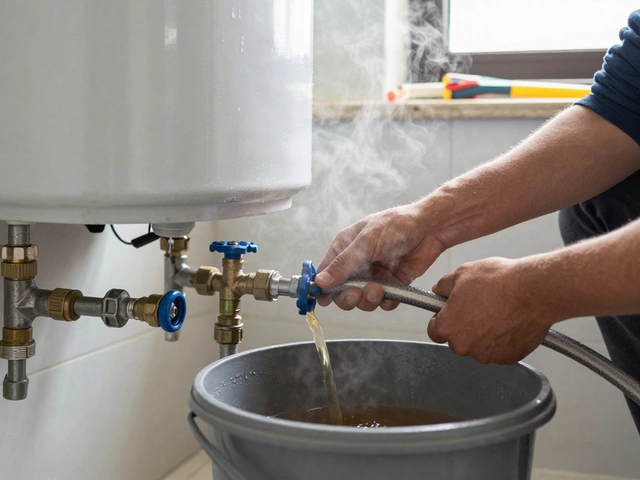Dryer Repair – Quick Fixes and Expert Help in Hinckley
If your dryer has stopped tumbling, makes weird noises, or just won’t heat, you’re probably staring at a mountain of laundry and wondering what to do next. The good news? Many dryer hiccups are easy to identify and solve without a huge bill. Below we walk through the most common issues, show you simple DIY checks, and tell you when it’s time to call a professional.
Common Dryer Problems and Simple Fixes
Dryer won’t turn on. First, check the power outlet. Plug something else in to be sure the socket works. If the outlet is fine, look at the dryer’s cord for any cracks or burns. A tripped circuit breaker is another easy culprit – just flip it back on.
No heat but the drum spins. This usually means the heating element, thermal fuse, or thermostat is faulty. You can test the heating element with a multimeter for continuity; if it’s broken, replace it. The thermal fuse is a safety device that blows if the dryer overheats. A quick visual check for a broken fuse can save you a callout.
Loud squealing or thumping. Belt problems are the most common source. A worn or broken belt will make the drum slip and create a high‑pitched squeal. Open the dryer’s front panel, locate the belt, and see if it’s frayed. Replacing a belt is a weekend DIY job for most people.
Dryer takes forever to dry. Clean the lint filter – it’s the first line of defense against poor airflow. Next, inspect the vent hose and external vent. A clogged vent forces hot air to recirculate, making the dryer work harder and take longer. Pull the hose out, clear any lint or debris, and make sure the vent flap opens fully.
Drum won’t spin. The drum motor or drive belt could be the issue. Spin the drum by hand; if it moves freely, the motor might be at fault. If it feels stuck, the belt is likely broken. Again, this is a replace‑able part for a handyman.
When to Call a Professional
Some problems need more than a screwdriver. If you’ve checked power, cleared the vent, and the dryer still won’t heat, the heating element or thermal fuse may be hard to reach without dismantling the dryer’s cabinet. Faulty wiring, control board glitches, or gas‑ignition issues (for gas dryers) are best left to a certified technician.
Safety is another big reason to call a pro. If you smell gas, see sparks, or notice a burning smell, shut the dryer off immediately and call an expert. Electrical components can be dangerous if mishandled.
Choosing the right repair service matters. Look for a local company with licensed electricians, quick response times, and transparent pricing. Reading customer reviews can give you a sense of reliability – you want a team that shows up on time and fixes the issue right the first go.
At Hinckley Home Appliance Repair Services, we specialize in dryer repairs of all makes and models. Our technicians carry the common parts—belts, heating elements, thermostats—so most jobs are completed in a single visit. We also offer a maintenance check to keep your dryer running efficiently year after year.
In short, start with the easy checks: power, lint filter, vent, and belt. If those don’t solve the problem, weigh the cost of a part versus a new dryer. When in doubt, give a trusted local pro a call. A well‑maintained dryer saves you time, energy, and money – and keeps your laundry routine smooth.
8 December 2025
·
0 Comments
If your tumble dryer runs but the drum won’t spin, it’s usually a broken belt, worn rollers, or a bad capacitor. Learn how to diagnose and fix the most common causes yourself before calling a technician.
Read more
16 October 2025
·
0 Comments
Learn when fixing a dryer isn’t worth it. Discover cost, age, and efficiency clues that point to replacement, plus a handy decision checklist.
Read more
13 June 2025
·
0 Comments
Wondering if you should fix a 10-year-old dryer or toss it for a new one? This article walks through the real costs, time, and effort behind dryer repairs at this age. Learn about the most common dryer breakdowns after a decade of use and how to spot the symptoms that make replacement the smarter call. Get honest tips about hidden repair traps and how to calculate what's truly worth your money. Stop guessing and make a decision you'll feel good about.
Read more

